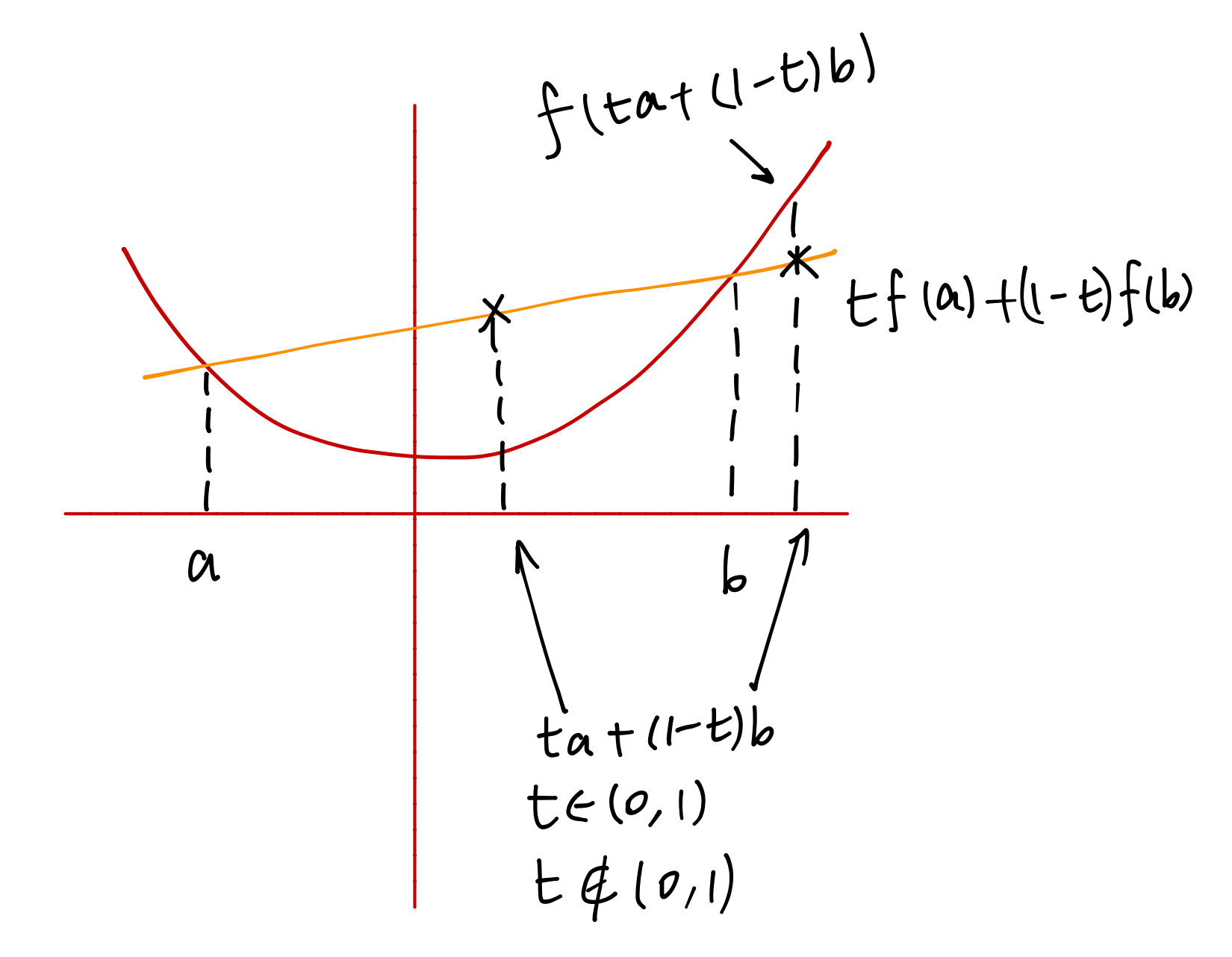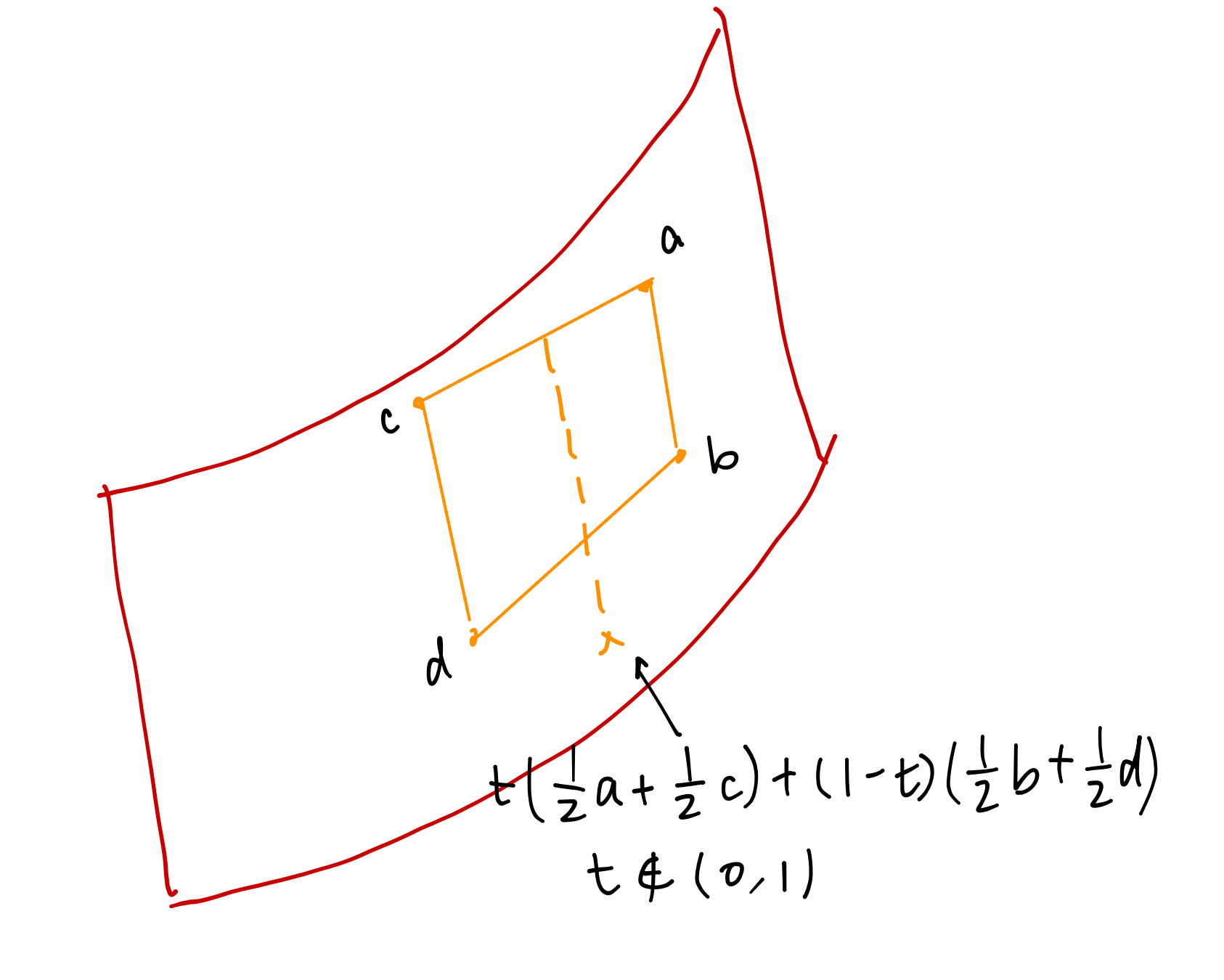Holder’s and Young’s Inequalities
Classical Case
A quick proof of general Holder’s inequality is as follows. First, by Jensen’s inequality, we have for positive and satisfying ,
Then for functions , -integrable, we can set to be and apply the inequality above.
Integrate both sides, the general Holder’s inequality gets proved.
Now we prove Young’s convolution inequality (see wikipedia). For and , we have
Note that , we can apply Holder’s inequality. Set
Then
Another form of Young’s inequality is as follows,
for and in appropriate spaces. This can be prove by setting and
and applying the inequality above. Indeed,
Note that
The proof is complete.
Note that the derivation above can be simplified using the dual space argument. For satisfying ,
Vector Case
When is a vector valued map, the convolution with a scalar function can be defined by component-wise convolution. The output of the convolution is still an -vector valued function. Its -norm is defined by
We can show that it still satisfies Young’s inequality.
Reverse Case
All the results above hold for . Actually, for , we have the reverse Holder’s and Young’s inequality. We start with reverse Jensen’s inequality. Note that for a convex function and in its domain, we always have
The second case describes the case when the affine combination of is outside a corner of the convex hull. The 1-dim case is shown below,

The proof of the second case is based on the first case. Denote . Since we have
By usual Jensen’s inequality, we have
The general case, that is for more than 1 coefficients greater than , does not hold. It can be shown by the following illustration.

When is sufficiently large, the coefficients of are greater than and the ones of are less than . But since the dashed line is always parallel and above the surface,
By reverse Jensen’s inequality, we have for , , and ,
Then reverse Holder is given by
for . Clearly we need to be almost surely non-zero. are just convenient notations, not norms.
Repeat the argument for the classical case, we get the reverse Young’s inequality,
for .